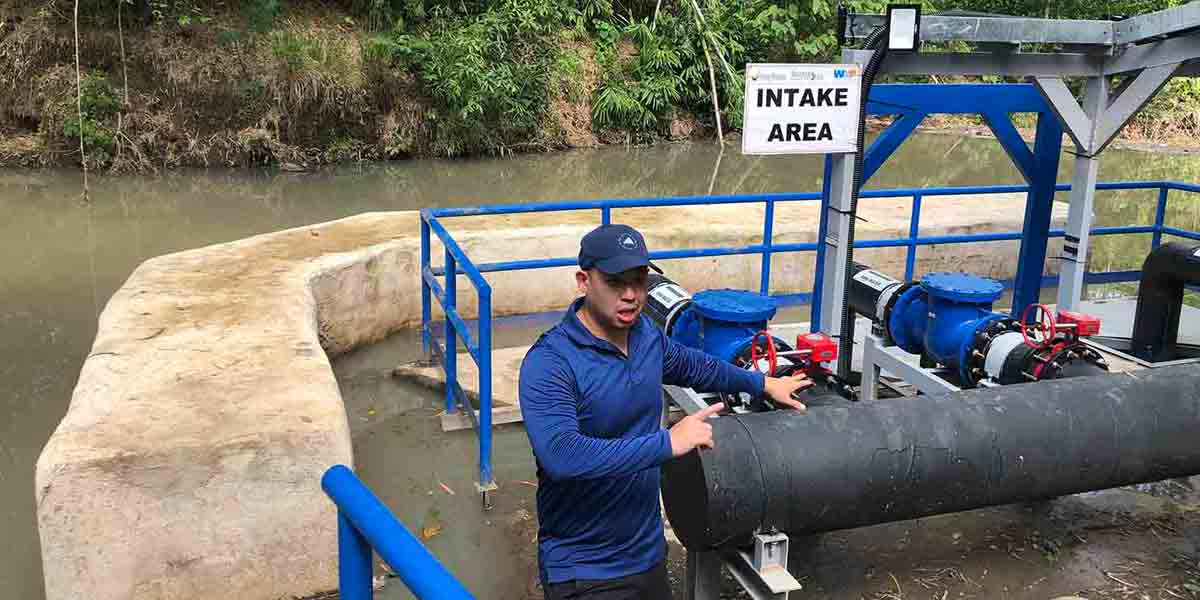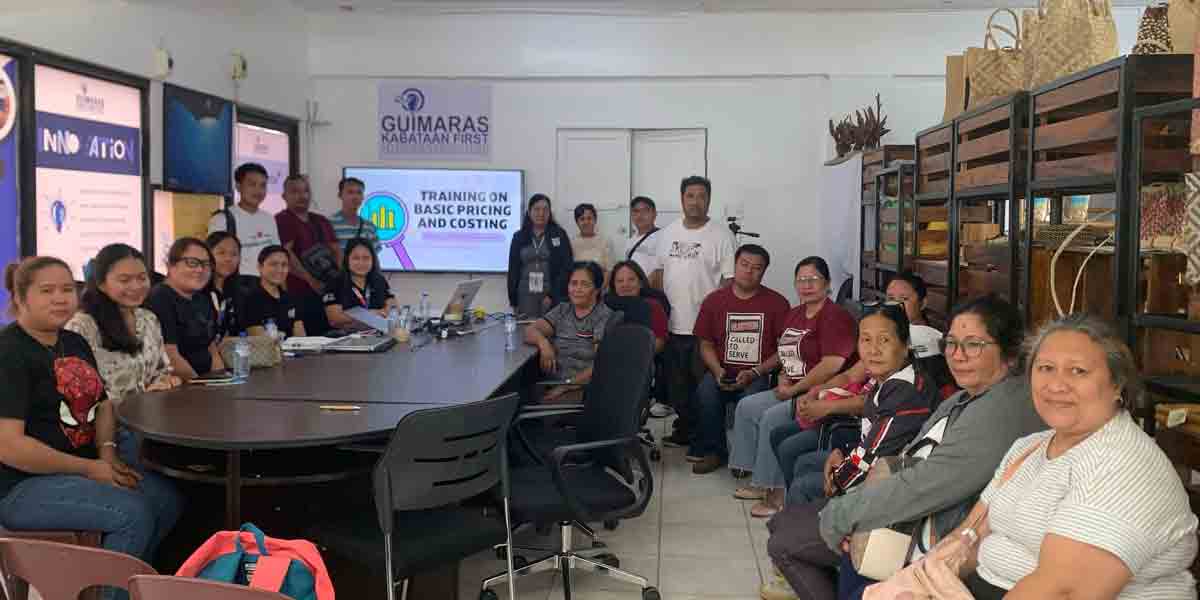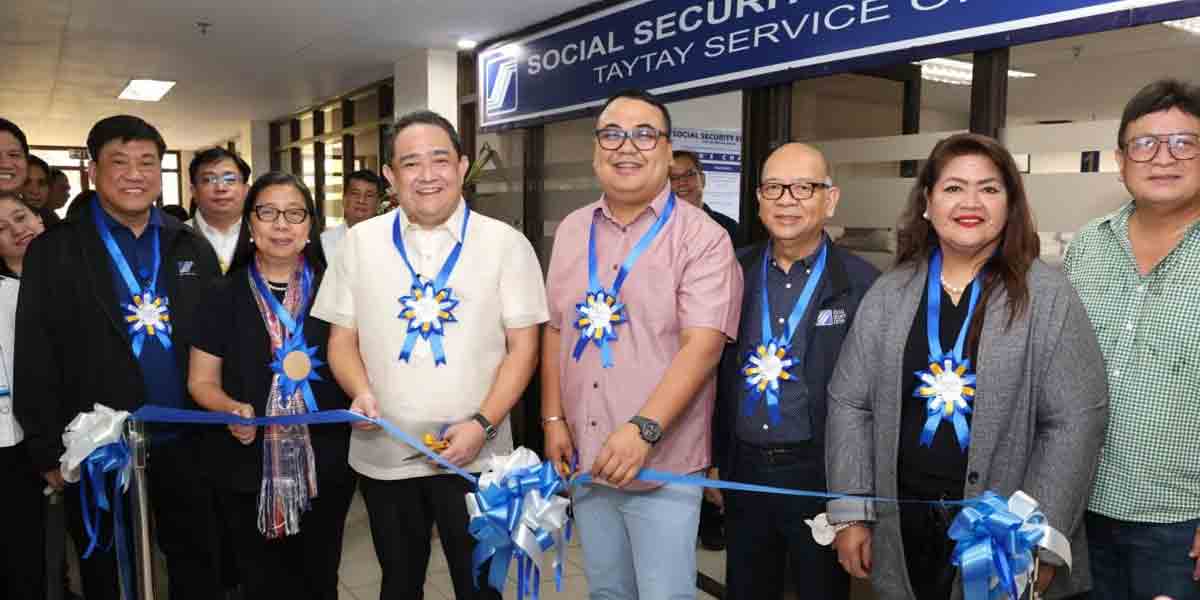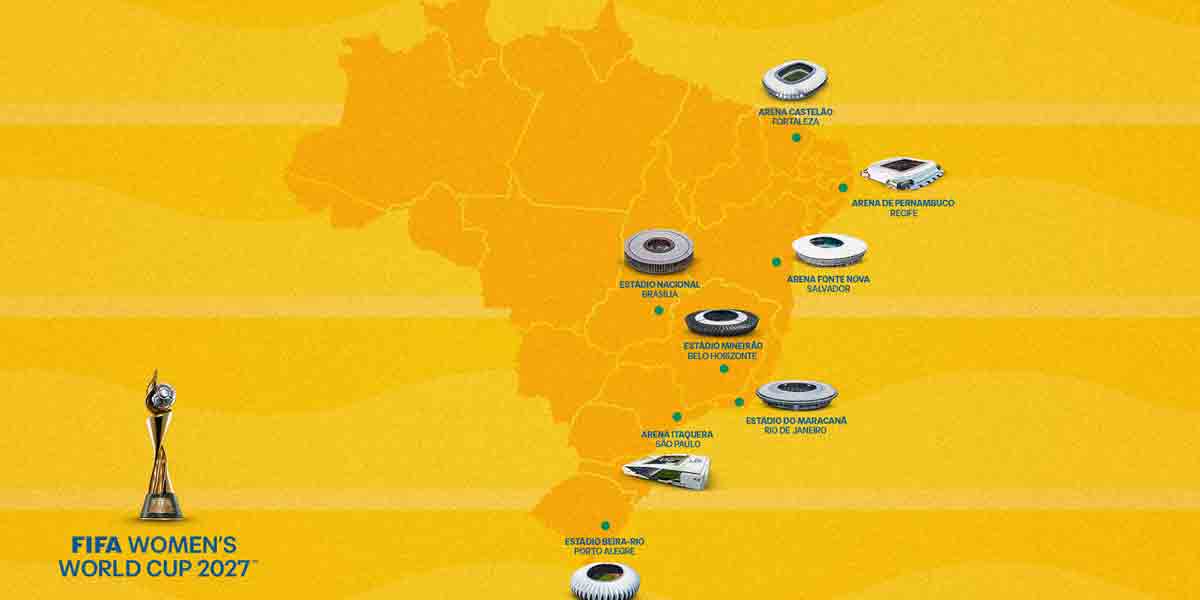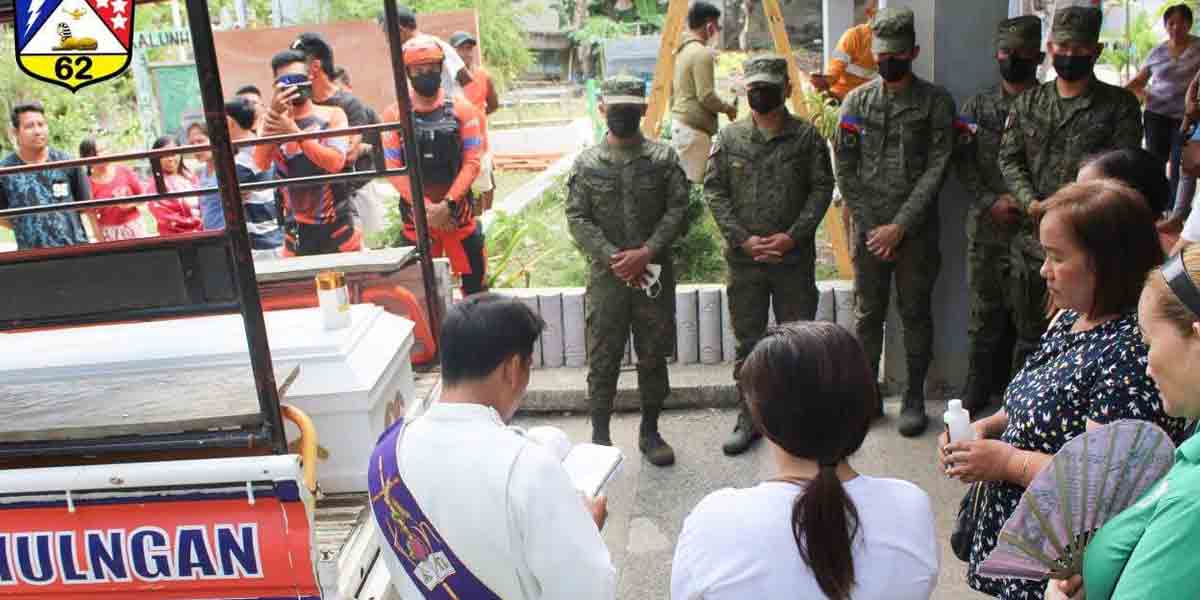
Tasked with facilitating the resolution of issues and concerns of investors, the Board of Investments (BOI) organized a meeting with various agencies to address the concerns of NLEX Corporation, a BOI-registered company, and the local government units of Pampanga and Bulacan about overloaded trucks regularly plying the North Luzon Expressway and the said provinces.
As the lead agency among the Investment Promotion Unit Network (IPU-Net) member agencies, the BOI, through the Investments Assistance Service, presided over the inter-agency meeting at its main office in Makati City on August 16, 2023.
Such convergence of concerned government agencies and stakeholders is part of the facilitation services provided by the BOI to its registered enterprises.
Chaired by Director Ernesto C. Delos Reyes, Jr. of the BOI’s Investments Assistance Service (IAS), the meeting primarily focused on the policies and interventions that may be implemented to address the overloading issue of trucks passing along the North Luzon Expressway (NLEX), Bulacan, and Pampanga, including the importation of heavy trucks.
NLEX Corporation holds the concession for the North Luzon Expressway (NLEX), a 105-kilometer project that is the main artery of Metro Manila to Central and Northern Luzon. Since August 2022, NLEX Corporation has been implementing a 33-ton Gross Vehicle Weight restriction on the Candaba Viaduct southbound along NLEX because of its structural condition.
The said restriction was based on a thorough study and affirmed by the Department of Public Works and Highways (DPWH), which is stricter than the 45-ton maximum GVW allowed under RA 8794, or “An Act Imposing a Motor Vehicle User’s Charge on Owners of all Types of Motor Vehicles and for Other Purposes.”
A representative of NLEX Corporation made a presentation on the maximum allowable gross vehicle weight (GVW) as mandated under RA 8794. NLEX conducted weighing activities for trucks traversing NLEX, and it was found out that heavy trucks carrying sand traversing the north and south bounds exceeded the permissible axle load limit and GVW as prescribed under RA 8794. These kinds of trucks are not included in the matrix of truck classifications prepared by DPWH.
Meanwhile, the provincial governments of Pampanga and Bulacan raised their concerns that if the overloading issue persists, it could result in damaged roads.
The ramifications of this are costly for the concerned LGUs, as it may increase the cost of maintaining and rehabilitating the public roads. This will also negatively impact the investment potential of the said provinces as investors place emphasis on good infrastructure, including roads, when deciding on the location of their projects.
Other matters discussed were the policies of the Bureau of Customs (BOC) and Land Transportation Office (LTO) on the importation of such trucks and the issuance of permits to use regular roads and highways. Per LTO, as long as the truck being imported is compliant with GVW limitations, it is permitted to be registered with LTO. There was also discussion on the structure and load capacity of roads, where DPWH said that roads and bridges are designed to have a maximum load of 33 tons.
As a result of the discussions, participants in the inter-agency meeting agreed on actions to be taken to address the concerns of both NLEX and the LGUs, including revisiting the implementing rules and regulations of RA 8794. This is very timely, as according to the representatives from DPWH, the agency has already formed a special committee to review the Implementing Rules and Regulations (IRR) of RA 8794. It was agreed in the meeting that revisions to the IRR should include the new types of trucks not previously in the truck classification and provide an updated computation of the gross vehicle weight to include the dimensions of the trucks.
Significantly, member agencies concurred with the suggestion of enhanced inter-agency coordination among the concerned government agencies involved in the implementation of the anti-overloading law. They also agreed to intensify road safety and weight enforcement campaigns across the country.
It was also proposed that there should be additional installation and operation of weighbridge stations and portable weighing machines at strategic locations along national roads for the implementation of the anti-overloading law. BOI-IAS suggested that this could be undertaken under the LGU-PPP scheme. According to DPWH, this will be subject to the conduct of a feasibility study, data collection, and an origin and destination survey of the DPWH and the LGUs.
Moreover, it was agreed upon to revisit the policy on penalties imposed on overloading to prevent the passage of overloaded trucks through the national roads. The attendees will set up another meeting to involve other relevant agencies and discuss the proposed amendments to the IRR of RA 8792 and the guidelines on the importation of heavy vehicles.

